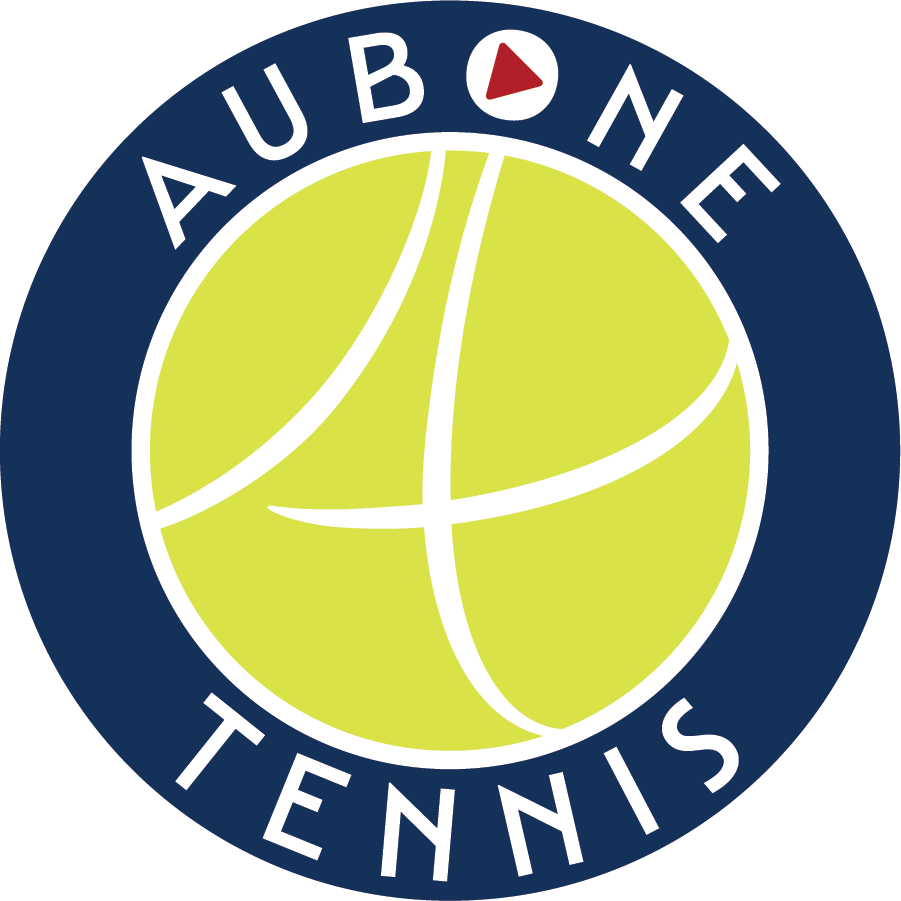The Great Debate: Open Stance or Closed Stance
Since before I began playing tennis 34 years ago, there’s been a huge debate in the tennis world about what stance coaches should have younger juniors use: open stance or closed stance.
And it’s a great debate because each one has their clear advantages.
The more traditional closed stance footwork is where you’re stepping in to the ball. It helps get your weight and momentum forward, creating a more effortless hit, with more power, and in the direction of your target.
The modern open stance footwork is where you’re hitting with your feet more parallel to the baseline/net. Think of the athletic position except with your feet and hips rotated to the appropriate forehand side. This stance helps a player when they’re stretched wide, have to absorb a lot of power, don’t have time to setup, or have to hit a ball that’s above their shoulders.
But what adds fuel to the fire is that each stance has its disadvantages as well.
The closed stance footwork makes it difficult to hit balls where the contact point is above your shoulder. If you misread the incoming shot and are positioned incorrectly, it’s impossible to move out of the way, guaraneeting you’ll mishit the ball.
The open stance footwork requires more work in getting a lot of momentum forward. If it’s used at the wrong time, it can cause a player to over-rotate or pull away from their shot as they’re hitting, causing them to mishit the ball, and miss their target.
So with each one having its own advantages and disadvantages, which one is the right one to use as often as possible?
…..
…..
….
Why not use both?
Why does it have to be one or the other?
As a matter of fact, if you do the wrong one at the wrong time…..it’s wrong!
For example, if I try to step in and get my weight forward on a shot that pulls me wide, I’m going to close myself off to the court, and all my momentum will be going towards the side fence. It will be almost impossible to get my weight into the court, and in the direction of my target. Odds are I’m going to miss my target, and lose the point.
That’s where I’ll need the open stance to position my outside leg behind the ball as possible as much as possible, and rotate my hips and shoulders in the direction of my target.
Now let’s imagine I have a shot coming straight at me that is a little slow, and the contact point will be slightly below waist level, and I try to use the open stance. Odds are I’m going to have a weak hit, where I pull out of the shot too soon. The ball is not coming to me fast enough. I need to move forward. An open stance footwork is not meant for these types of shots.
And these are just two examples, and in a blog it might be hard to explain clearly to everyone. Just understand that every single shot has an appropriate footwork. Sometimes it’s a closed stance footwork. Sometimes it’s an open stance footwork
Sometimes it’s a semi open stance.
Sometimes it’s a lift and land.
Sometimes it’s a walk through.
Sometimes you need to be balanced on the ground hitting.
Sometimes you need to be jumping in the air, making contact off the ground.
Ok ok I’m going too far.
But all of these footwork patterns exist, and they all need to be used at the right time. So don’t get caught up with only using closed stance or open stance. Learn to use all of them at the appropriate times.
And if you’re with a coach that tells you to try your best to always use one footwork pattern, I urge you to watch professional tennis matches, and see what they’re doing. Don’t worry about what we all say. Worry about what the pros are doing consistently.
NEW PRODUCT ALERT!
$99
-
Record a tournament match and receive a video recording including a full analysis.
Analysis is a recording of Coach JY watching the entire match and commenting on what’s going well, and what needs to be improved on.
Performance analytics stats will be mentioned in the recording.
Receive a 20% discount on the Aubone Tennis Match Journal after purchase. JY will email you the discount code. Click here to view more details on the journal.

